International Football Association Board (IFAB), the responsible for football laws, rules and regulations, recently changed some key football laws, including approving the five-substitution rules in any top-level competition.
Last Monday (13th June), the 136th IFAB Annual General Meeting (AGM) was organised in Doha, Qatar. During that meeting, seven changes in the law were approved for the 2022/23 season, which will be officially activated from 1st July 2022.
Here we are discussing crucial changes in world football.
Key law changes in football
Five substitutions for top competitions
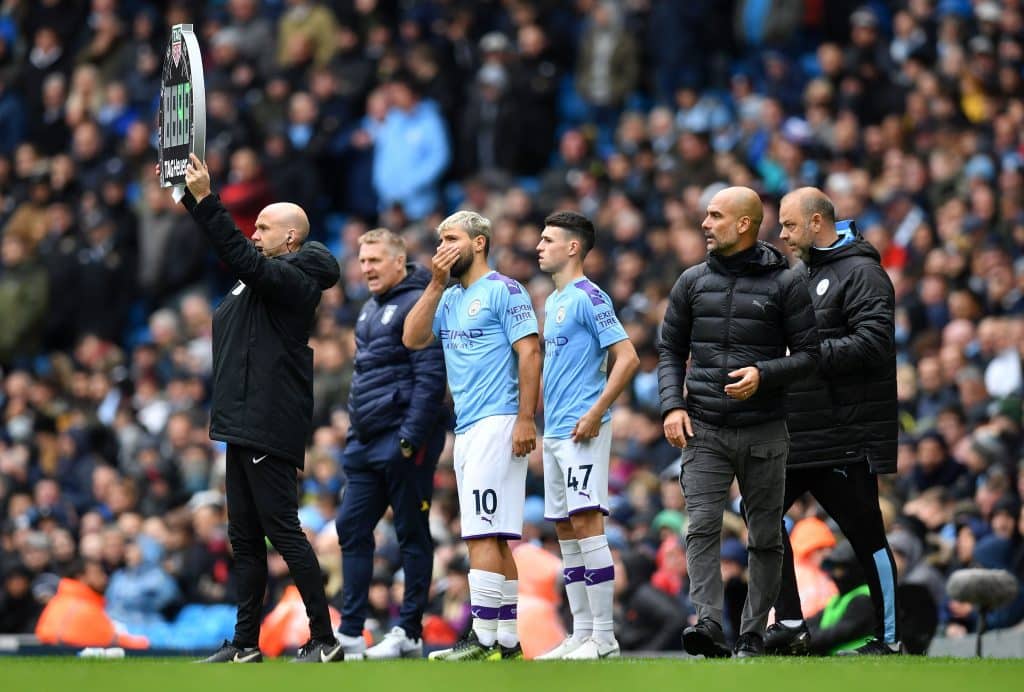
Due to the global COVID-19 pandemic, the five-substitution rule was temporally introduced by replacing the general three-substitution rules. Now the IFAB has come with the official approval that the five-substitution rules can be used in any top-level competition.
This law change has affected the other laws in following ways:
- Maximum three substitution opportunities can be used by each team in a full game along with additionally make substitutions at the half-time.
- In the football matches which extend to the extra time, the unused substitutes and substitution opportunities can be used.
- If the competition rules allow, one additional substitute can be used by each team with one additional substitution opportunity for each team during the extra time (between full-time and the start of extra time, and at half-time in extra time – these do not count as used substitution opportunities). It means that the substitution number can be extended to six along with four substitution opportunities in a complete football match that enter into the extra time.
- Previously, the substitution name list could follow from three to 12 according to the rules of the competitions. The substitution name list can now be extended to 15.
Sendings-off during kicks from the penalty mark
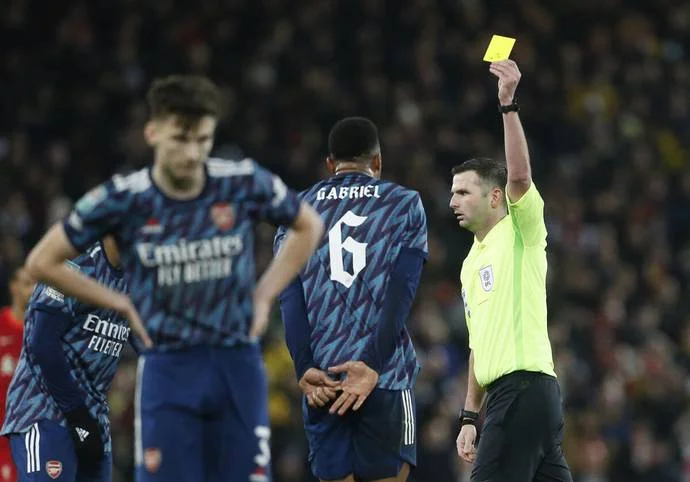
Apart from a player, substitute, or substituted player, a team official can now also be cautioned or sent off during kicks from the penalty mark.
The Penalty Kick: position of the goalkeeper
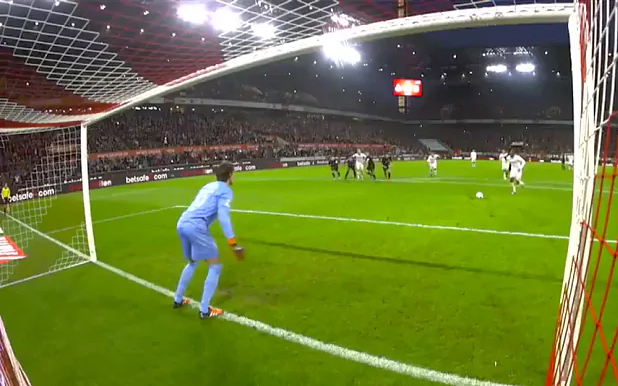
At the moment the ball is kicked during a penalty kick, the defending goalkeeper must have at least part of one foot touching, in line with, or behind, the goal line. (Here the word “behind” has been added along with the existing rules)
Previously, the defending goalkeeper must have to follow at least one foot on/above the goal line at the moment of a penalty kick. So, if the goalie had one foot in front of the goal line and one behind the goal line, it would be technically counted as an offence despite no unfair advantage. So, the latest rules have been clarified to avoid such a position being penalised.
However, the latest IFAB AGM has emphasised the ‘spirit’ of the Law which can be only supported if the defending goalkeeper’s both feet remain on/above the line at the moment of a penalty kick.
Future laws
Additional permanent concussion substitutes
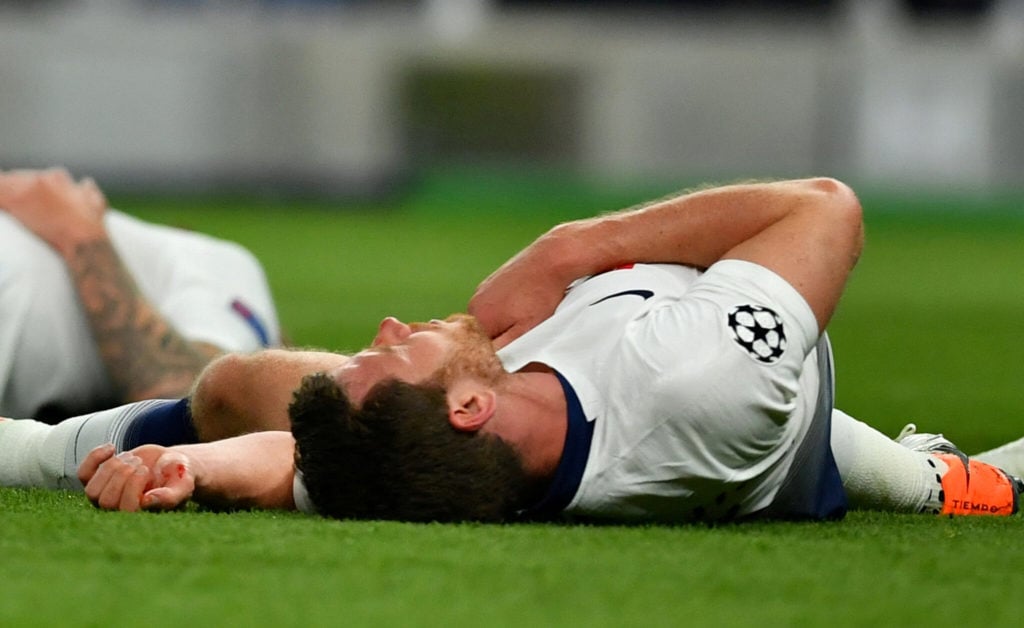
The additional permanent concussion substitution has remained on trial as IFAB believes that they need to study more on it before providing the official approval. The trial will continue focusing on permanently removing any player with an actual or possible concussion to ensure the player does not continue taking part in the match.
VAR and Semi-automated offside technology
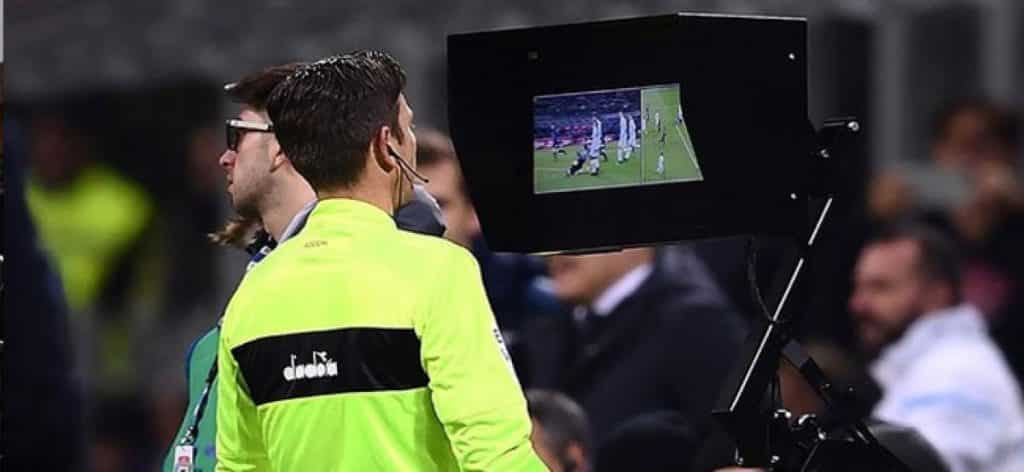
FIFA could allow more competitions to use video assistant referee (VAR) technology (VAR “Light”). Semi-automated offside technology, which the FIFA Arab Cup 2021 and FIFA Club World Cup 2021 experienced, is still under test.

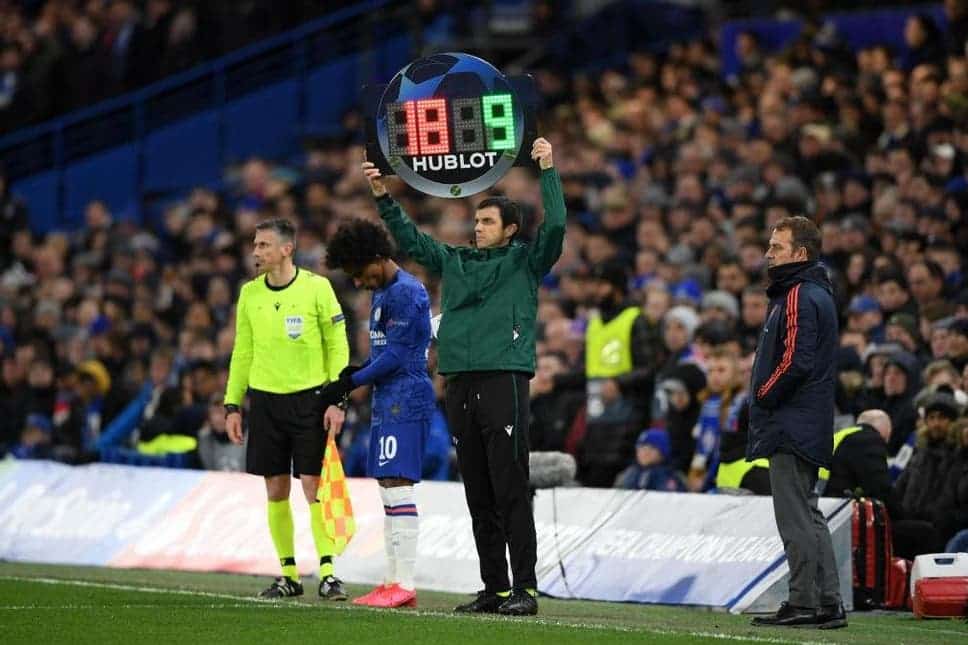
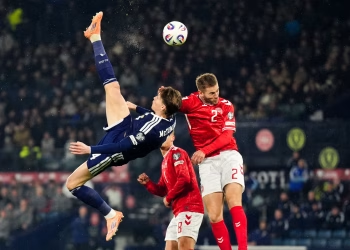






Very Great…